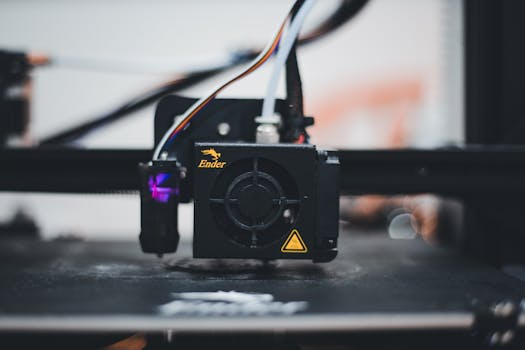Recycled Material Electronic Casings: Sustainable Design Transforming Device Manufacturing
The rise of technology has greatly transformed our lifestyles and the way we interact with the world. From smartphones to laptops, electronic devices have become an essential part of our daily routine. However, the rapid advancement of technology also results in a large amount of electronic waste, posing a significant threat to our environment. To combat this issue, many manufacturers are now turning to sustainable and eco-friendly materials, and one of the most promising options is recycled material electronic casings. In this article, we will explore how this sustainable design is transforming device manufacturing and contributing to a greener future.
The Issue with Traditional Electronic Casings
Electronic casings, also known as enclosures or housings, are the protective shells that cover an electronic device. These casings are typically made from plastic, which is derived from non-renewable petroleum resources. As the demand for electronic devices increases, more and more plastic is being used to manufacture casings, leading to a drastic increase in electronic waste. Moreover, the disposal of these plastic casings also poses a threat to the environment, as they take hundreds of years to decompose. The plastic materials used in traditional casings also emit harmful toxins during production, contributing to air pollution and the depletion of our ozone layer.
The Emergence of Recycled Material Electronic Casings
With the growing awareness of environmental issues, manufacturers are now seeking sustainable alternatives to traditional electronic casings. This has led to the emergence of recycled material electronic casings, which are made from post-consumer or post-industrial plastic waste. These casings are created by collecting, sorting, and processing plastic materials, breaking them down into pellets, and then molding them into casings for various electronic devices.
A More Sustainable Manufacturing Process
The production of recycled material electronic casings has significantly lower environmental impact compared to traditional casings. Firstly, it reduces the consumption of new plastic materials, preserving our valuable fossil fuels. Furthermore, the process of manufacturing these casings emits fewer greenhouse gases, helping to combat climate change. By utilizing recycled materials, manufacturers are also diverting waste from landfills, reducing pollution and the carbon footprint of electronic device production.
Superior Quality and Versatility
Recycled material electronic casings are not only more environmentally friendly, but they also offer superior quality and versatility. These casings have the same strength and durability as traditional casings, ensuring that your electronic device remains protected. The versatility of recycled materials also allows manufacturers to offer a wide range of colors and designs for casings, catering to the diverse tastes of consumers.
The Future of Sustainable Device Manufacturing
As consumers become more environmentally conscious, the demand for sustainable products is expected to grow. This includes electronic devices with recycled material casings. Manufacturers are also recognizing the need to take responsibility for the environmental impact of their products. Many are now adopting sustainable practices in their manufacturing processes, with recycled material electronic casings being a crucial component.
Collaborations for a Greener Future
The development of recycled material electronic casings has also fostered collaborations and partnerships between manufacturers and recycling facilities. These collaborations not only contribute to a circular economy, but they also create job opportunities and promote sustainable practices. Furthermore, consumers can also play a role by participating in e-waste recycling programs, ensuring that their old devices are disposed of properly and used to create new recycled material casings.
Continued Innovations
While the use of recycled materials for electronic casings is a crucial step towards sustainable device manufacturing, the industry continues to innovate and explore new materials and designs. Researchers are exploring alternatives to plastic, such as biodegradable or renewable materials, to further reduce the environmental impact of electronic devices. As technology evolves, so will the materials used in device manufacturing, paving the way for a greener future.
Conclusion
In conclusion, recycled material electronic casings are a sustainable design that is transforming device manufacturing in a positive way. These casings offer a more eco-friendly alternative to traditional plastic casings, reducing the environmental impact of electronic devices. With continued innovations and collaborations, we can look forward to a greener future where electronic devices are not only cutting-edge but also environmentally responsible.











